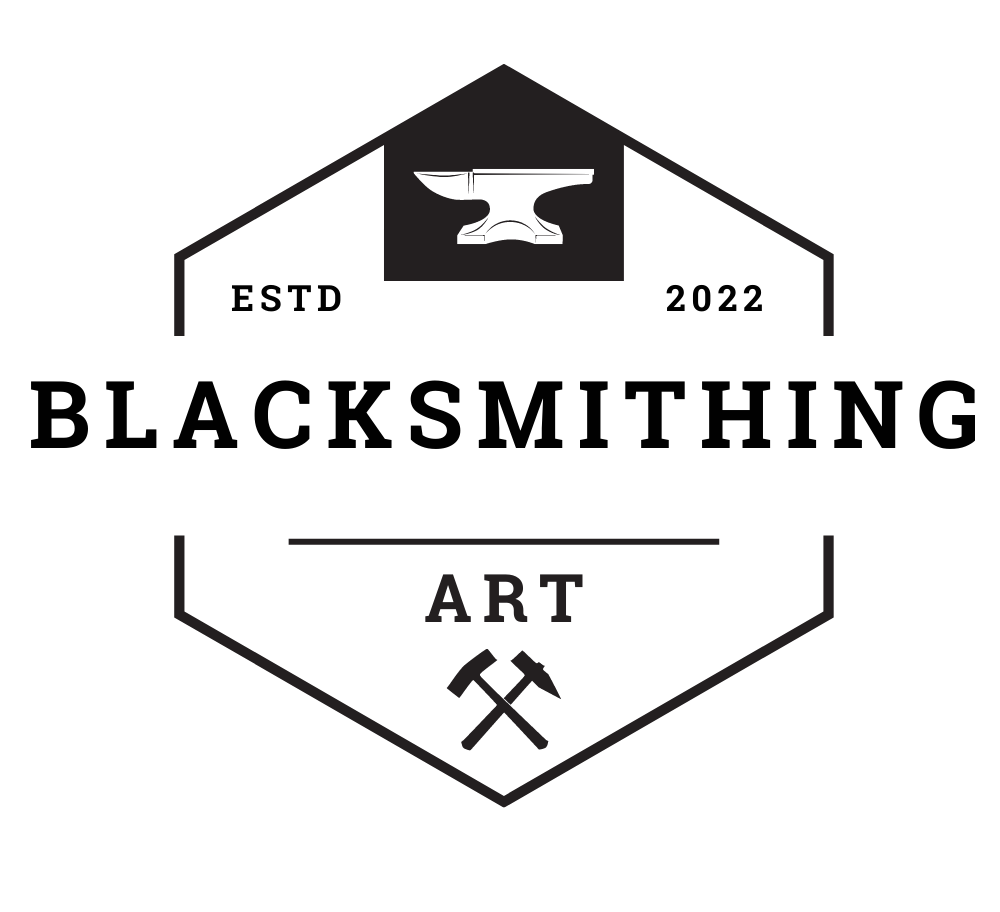Sheet metal welding is a crucial ability for many industries, especially when producing products like aircraft parts, automotive parts, and other items that call for accurate, high-quality welds. It is difficult to deal with sheet metal since it is thin, flexible, and prone to warping or burn-through during the welding process.
Although efficient sheet metal welding needs a certain level of ability and expertise, most welders can learn the methods needed with enough practice and the correct tools. It can be a useful addition to a welder’s skill set and offers up a wide range of work options in a variety of industries.
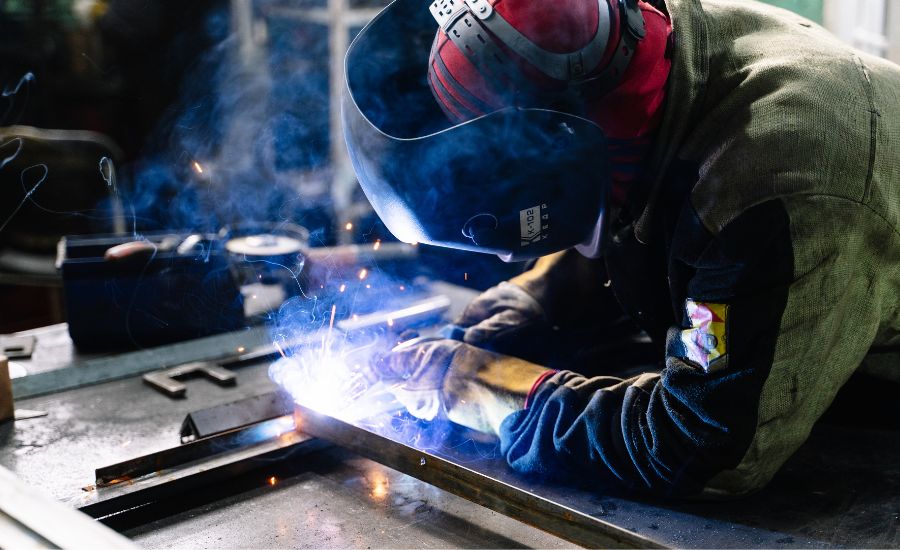
Contents
Methods for welding sheet metals
There are various sheet metal welding methods.
TIG
The Tig welding process uses a tungsten electrode. Heat the metal and inert gas, such as argon, to protect the weld from outside impurities, which is known as the TIG welding process.
Metal Inert Gas welding
It is an arc welding process that uses a continuous solid wire electrode.
The wire electrode is fed through the welding gun during the welding thin sheet metal, where it is melted by an electric arc.
The two pieces of metal are subsequently joined together by a weld pool created from the melted wire.
In addition, if you are using TIG or MIG welding aluminum you need to use 100% argon shielding gas
To protect the weld from impurities like oxygen or nitrogen that could damage the weld pool, inert gas is employed.
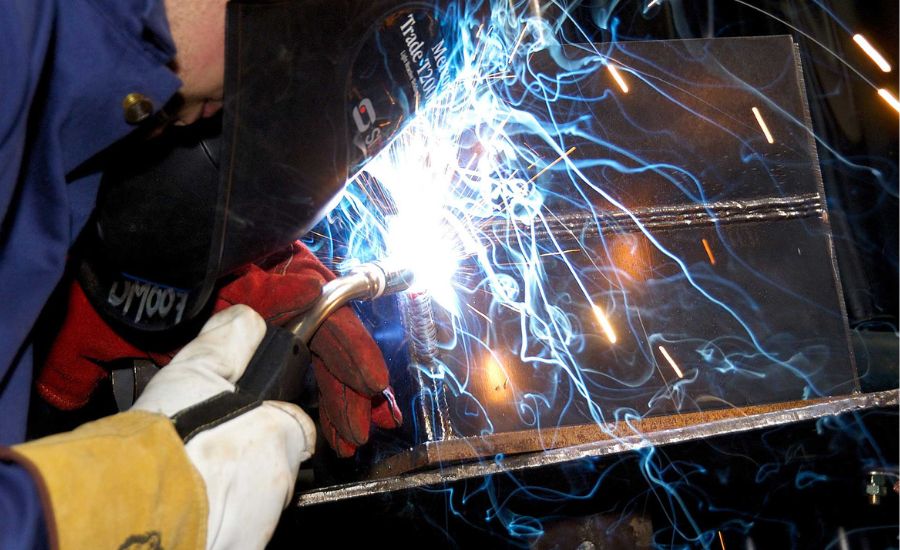
Spot welding
This technique involves applying pressure and electricity to a small patch of metal with two copper electrodes to form a weld.
Seam welding
Similar to the spot welding process, seam welding involves moving the electrodes along the metal seam to produce a continuous weld bead.
Plasma arc welding process
Weld thin sheet metal is formed by this process.
Unlike TIG welding, it does not require filler materials and produces high-quality welds.
High-precision welding applications, such as the production of aircraft and medical devices, frequently use plasma arc welding.
Aluminum, titanium, stainless steel, carbon steel, and other metals can all be used with it.
However, because it requires specific tools and gases, it may be more expensive than conventional welding techniques.
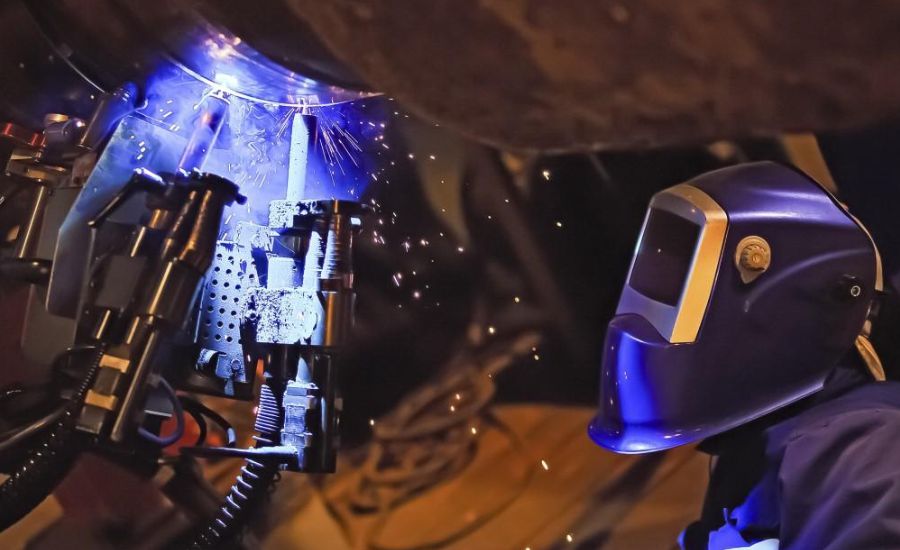
Electron beam welding
A high-energy electron beam is used in the welding process known as electron beam welding (EBW) to melt and fuse two pieces of metal. An electron cannon is used to accelerate electrons to very high speeds, and a magnetic field is then used to focus that beam onto the metal that has to be joined.
EBW is frequently used to weld materials, such as refractory metals and unusual alloys, that are challenging to weld using other techniques. Also, it is perfect for producing accurate, delicate welds and welding very thin materials.
EBW is superior to other welding techniques in several ways. It creates a very deep and narrow weld, minimizing distortion and requiring less heat input. When no filler material or shielding gas is needed, it is also a clean welding technique.
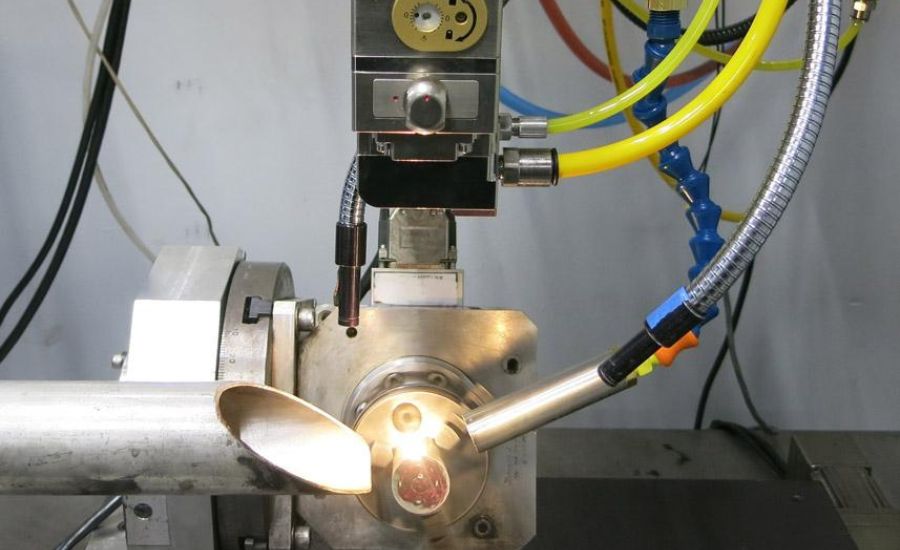
Stick welding
Stick welding, sometimes referred to as shielded metal arc welding or SMAW, stick welding a type of welding process that produces welds using a consumable electrode that has been coated in flux. During stick welding and as the flux layer on the electrode melts, a shielding gas forms around the weld to shield it from airborne impurities
The stick welding technique is a common technique in the construction, shipbuilding, and steel fabrication industries.
Stick welding involves holding the electrode in an electrode holder while striking it against the metal to produce an arc. A weld pool or weld puddle of molten metal is formed when the metal and electrode are melted by the arc, and it cools and solidifies to produce a weld.
Stick welding is frequently used in construction, pipeline, and maintenance applications to join thick metals. Stick welding can be applied to several metals, including stainless steel, cast iron, and steel. However, because of the high heat input and requirement for a steady arc, stick welding might be challenging to employ on thin materials.
Stick welding can be challenging to utilize in confined places and produces slag that must be cleaned up.
Keep in mind to skip welding technique when welding thin sheet metal, do not try to run one bead right across the joint.
The choice of welding technique whether it’s stick welding or not will be influenced by elements such as the metal’s thickness, kind, and desired weld appearance.
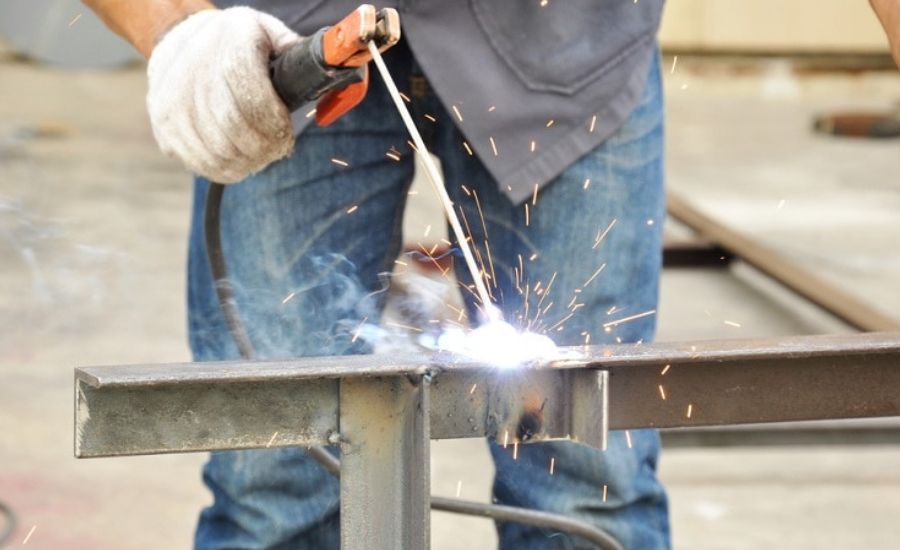
Difference between welding tough metals and thin metals
Due to the differences in their characteristics, welding tough and thin metals requires various welding settings and processes. The following are some variations between joining thin metals and strong metals.
Heat input
Because of their harder composition and higher melting points than thin metals, tough metals require more heat input.
When welding thick metals, more heat must be delivered to the metal to melt it and form a solid bond.
On the other hand, welding sheet metals need less heat to prevent warping, burning, or forming holes in the metal.
Welding method
For welding strong metals and welding sheet metals, many welding techniques are utilized. For instance, inert gas welding is more frequently utilized for welding sheet metals like aluminum while tungsten inert gas welding is frequently chosen for resistant metals like titanium.
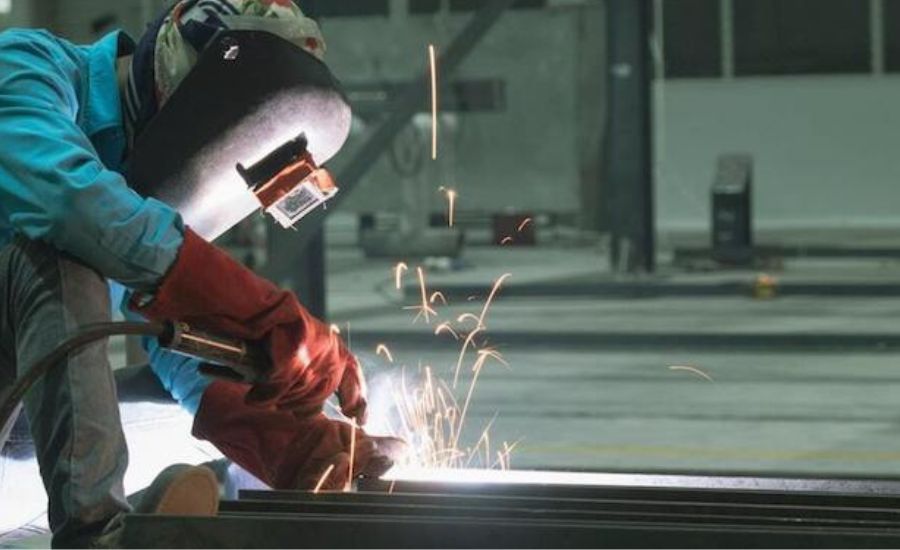
Filler metals
A filler metal with a higher melting point and stronger mechanical qualities may be required for welding difficult metals. In contrast, thin metals need a filler metal that can form a solid bond without generating excessive heat and is compatible with the base metal.
Welding technique
For both strong metals and thin metals, welding practices include keeping a constant arc and maintaining the proper angle of the welding gun is crucial.
Nonetheless, it’s crucial to prevent overheating thin metals from warping or burning through them.
Post-weld treatment
To relieve residual stresses and enhance the mechanical properties of the weld, tough metals may need post-weld heat treatment. Thin metals may need post-weld treatment to prevent warping or to enhance the weld’s look.
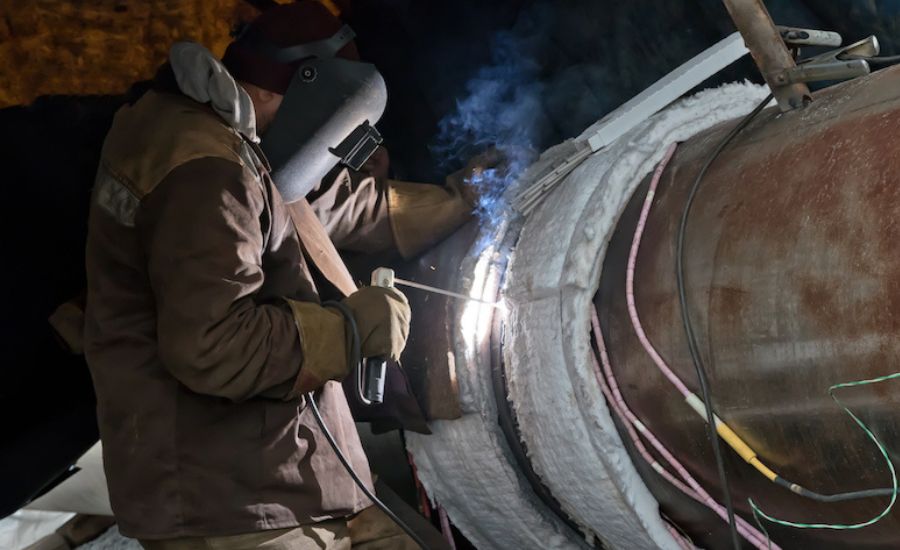
FAQ
What type of welding is used for sheet metal?
TIG, or MIG welding, is frequently used to join sheets of metal. Thin metal, which is frequently used in the production of automotive parts, aircraft parts, and other goods that call for high-quality, accurate welds, is ideally suited to both of these welding methods.
Because the TIG process allows for exact control of the welding arc and results in a clean, precise weld, it is perfect for thin sheet metal welding. TIG welding shields the weld from ambient contamination by using a non-consumable tungsten electrode and a shielding gas.
Because MIG welding is a quicker process than TIG and can be used for both welding thin and thicker materials, it is also a popular option for welding thin metal. In MIG welding, the weld is shielded from contamination by a shielding gas and a consumable wire electrode that is fed through a welding gun.
When done correctly, TIG and MIG sheet metal welding can produce welds on sheet metal that are of a high caliber. The particular application, the kind of material being welded, and the desired weld qualities all influence the welding method selection.
What is the best way to weld sheet metal?
Gas Tungsten Arc Welding, also known as GTAW, or TIG welding, generates the cleanest, highest-quality welds on thin materials and is the ideal method for joining sheet metal.
Use a modest heat input while welding metal to prevent warping or distortion of the material. This can be accomplished by welding with low amperage and quick passes, letting the material cool in between. To ensure the weld quality, it’s crucial to use a filler material that is suitable for the base metal and clean it well before using it.
It is crucial to employ good welding techniques and to place the material correctly in addition to using the right welding method and heat input.
To guarantee uniform weld penetration and prevent overheating the material, the material should be secured firmly to prevent movement during sheet metal welding. The welder should also move the torch in a deliberate and controlled manner.
Ultimately, the secret to properly welding metal is to employ the right procedure, technique, and heat input while taking precautions to prevent warping, distortion, and other problems that could impair the quality of the weld.
Is sheet metal easy to weld?
Due to its thin and flexible nature, welding sheet metal can be tough, but it is not always difficult if the right procedures and tools are employed.
Avoiding distortion, warping, or burn-through brought on by excessive heat input during the welding process is the fundamental issue in welding thin metal.
Using the proper welding method, such as TIG welding or MIG welding, along with low amperage and quick intervals to prevent scorching the material, can solve this problem.
Before welding, it is crucial to properly prepare the material by cleaning it completely to get rid of any impurities or rust that can damage the weld’s quality. Warping or movement of the material during welding can also be avoided with proper clamping and placement.
Welding thin metal can be a manageable procedure that yields high-quality welds suited for a variety of applications if the right tools, techniques, and preparation are used.
Although efficient sheet metal welding does need a certain level of ability and expertise, most welders may become proficient in the procedures with enough practice.
Is a MIG welder good for sheet metal?
When done correctly, MIG welding (also known as Gas Metal Arc Welding, or GMAW) can be a suitable option for welding sheet metal. Because it is a quick procedure that allows for great productivity and can produce high-quality welds on both thin and thicker materials, MIG is a common welding technique for sheet metal.
However, MIG welding can also generate greater heat than other types of welding, which can cause thin sheet metal to deform or burn through. Use a low heat input and the right welding technique, such as a stitch or plug weld that enables the material to cool between passes, to prevent these problems.
In addition, because MIG welding is less sensitive to differences in welding technique and may be used to weld a variety of materials, it can also be more forgiving than other welding procedures like TIG welding.
Using a shielding gas also aids in preventing ambient contamination of the weld, resulting in a clear and robust weld.
In general, MIG welding can be a suitable option for joining sheet metal if the right procedures and tools are followed, such as applying a low heat input, using the right filler material, and properly preparing and clamping the material.
Conclusion
The ability to successfully weld sheet metal is a crucial one for welders to master because it can open up a variety of job opportunities.
Welders can become very proficient in welding sheet metal with practice and devotion, resulting in high-quality welds that satisfy the requirements of their clients and employers. Welding sheet metal demands a high level of ability and knowledge.
When done correctly, welding sheet metal may be a gratifying and successful process that leads to several work opportunities across a variety of industries.
Welders can develop the skills necessary to weld sheet metal effectively, creating high-quality welds that adhere to industry standards and requirements, with the correct tools and procedures, practice, and instruction.
